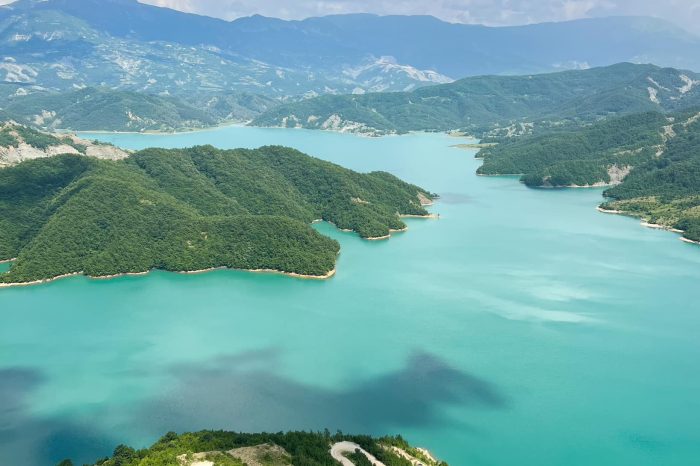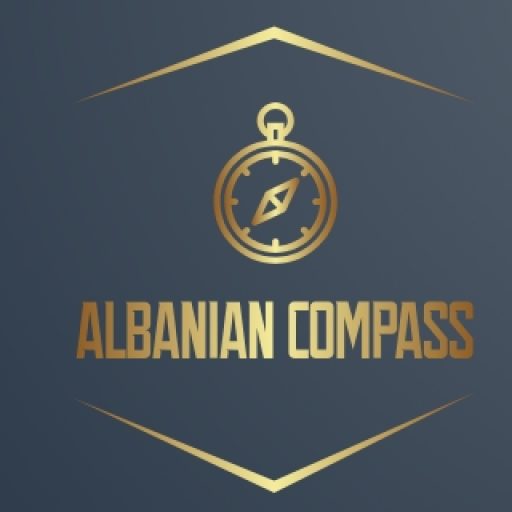Gjirokastër🏰
Related Tours
San Franciscans have passionate perspectives on every subject, especially their signature landmark.
Gjirokastër: The Timeless City of Stone and Stories 🏰📜
Located in southern Albania, Gjirokastër is a city that offers a fascinating glimpse into the country’s past. Known as the “City of Stone”, Gjirokastër is a well-preserved example of Ottoman-era architecture and has been recognized as a UNESCO World Heritage Site since 2005. Its historical significance is deeply rooted in its role through the centuries, from ancient times to the Ottoman period and beyond.
Ancient and Medieval Roots ⚔️🏺:
Gjirokastër’s history dates back to antiquity, where it was believed to be founded by the Illyrians, the ancient inhabitants of the region. During the Roman Empire, the city was part of the larger Roman province of Epirus. It later became a significant part of the Byzantine Empire, contributing to the region’s cultural and strategic importance.
The city’s location along the Drino River made it a strategic point during various historical periods. By the Middle Ages, it had become an important fortified town, often changing hands between different empires.
Ottoman Rule and Architectural Legacy 🏛️🕌:
Gjirokastër is most famous for its role under the Ottoman Empire, which ruled the region from the 15th century until the early 20th century. It flourished as a trading center and military stronghold, evident in the distinctive Ottoman architecture seen throughout the city today. The city became an administrative and economic hub during Ottoman rule, with merchants, craftsmen, and military officials shaping its development.
A major landmark from this period is the Gjirokastër Castle, which dates back to the 12th century. It was expanded during the Ottoman period, becoming a key military fortress. The castle’s role as a strategic defense site continued through the centuries, providing protection from invaders and showcasing the city’s importance in controlling the surrounding area.
Gjirokastër in the 20th Century 🌍🔒:
In the 20th century, Gjirokastër played a notable role in Albania’s political history. The city is perhaps most famously known as the birthplace of Enver Hoxha, Albania’s Communist leader who ruled the country from 1946 to 1985. His legacy can still be seen in the city, especially in the Ethnographic Museum, which was once his childhood home.
Under Hoxha’s leadership, Gjirokastër, like the rest of Albania, was heavily influenced by the Communist regime, which sought to isolate the country from the outside world. Military bunkers, built during the Cold War as part of Albania’s defense strategy, still dot the landscape around the city, serving as a stark reminder of this period.
Modern-Day Gjirokastër:
Today, Gjirokastër is not only a UNESCO World Heritage Site but also a city that continues to preserve its rich cultural heritage. The Old Bazaar, Gjirokastër Castle, and traditional stone houses are key features that highlight the city’s unique blend of historical periods. The Gjirokastër National Folklore Festival, held every five years, celebrates the city’s deep-rooted cultural traditions through music, dance, and folklore.
Share this tourRecent Posts
Recent Comments
-
Recent Posts
Recent Comments
- A WordPress Commenter on Hello world!
- Jessica Medina on Berat
- Marie Argeris on Berat
- Anna Kornikova on Berat
- Jack Dawson on Berat
Archives
Categories
Meta
Contact Info
+355 68 349 0500
[email protected]
Tirana, Albania



